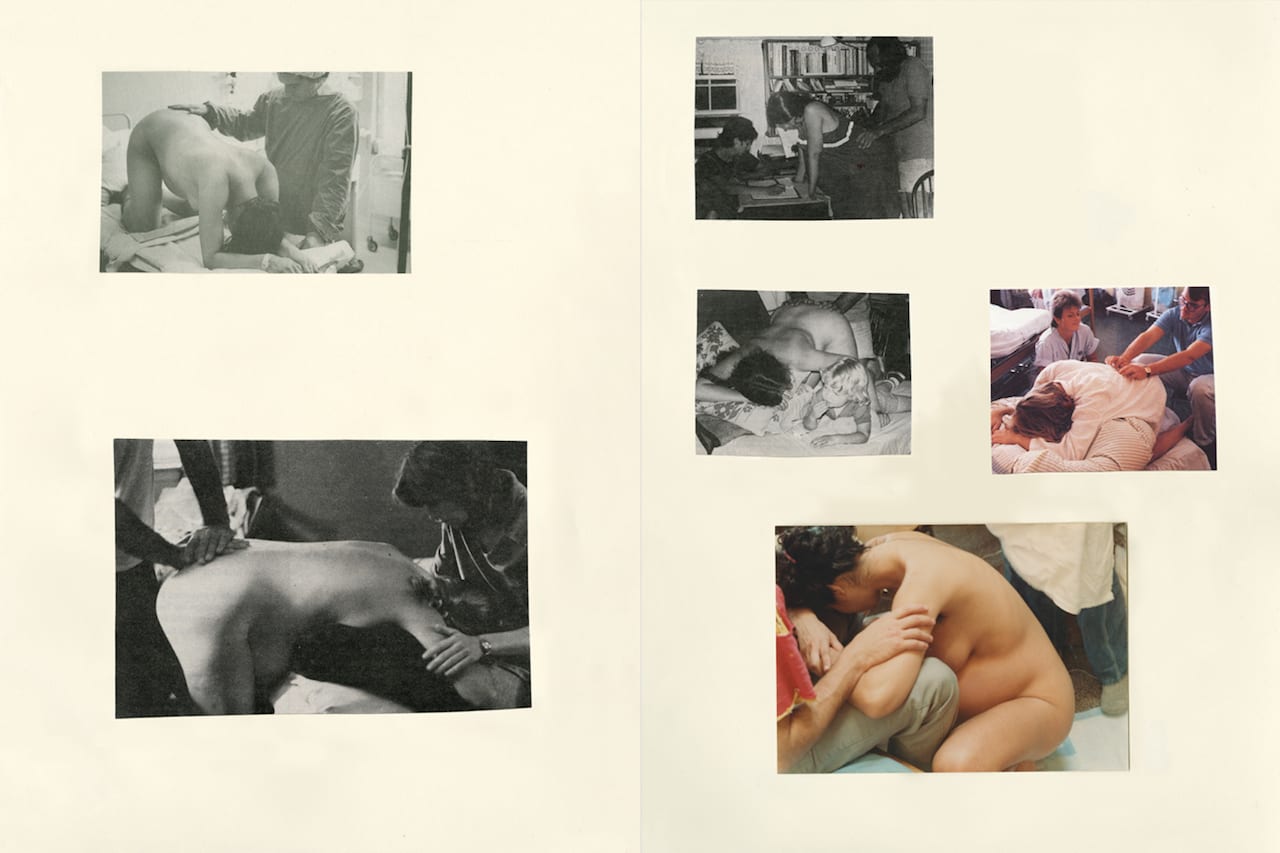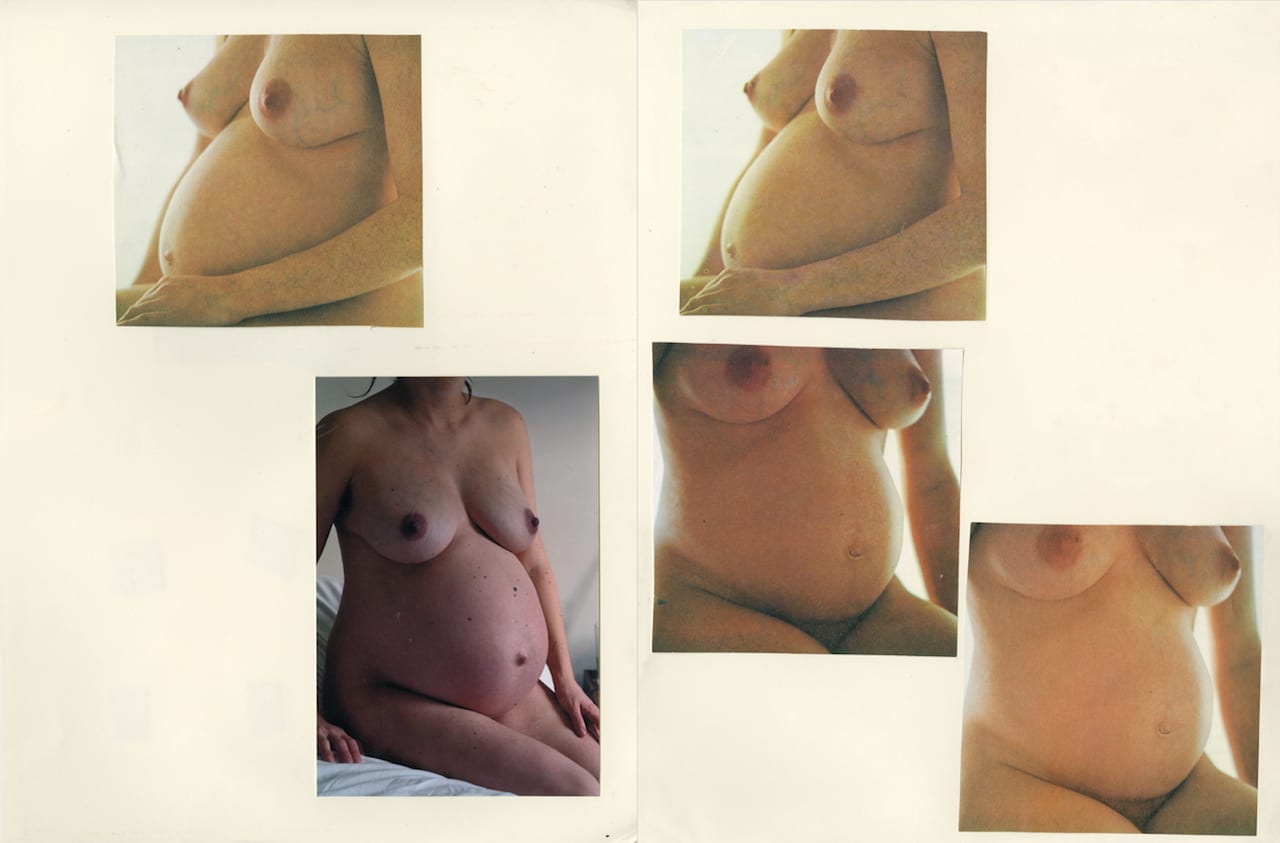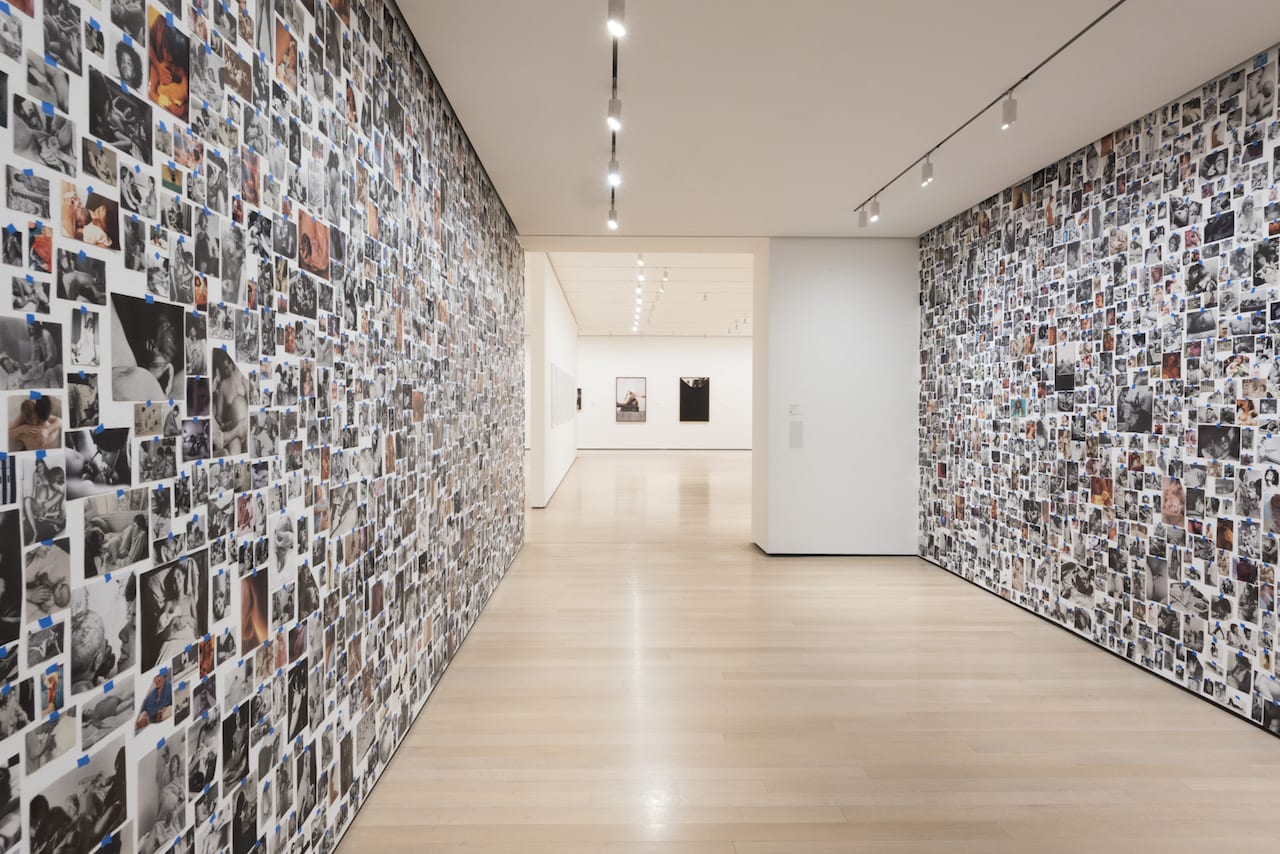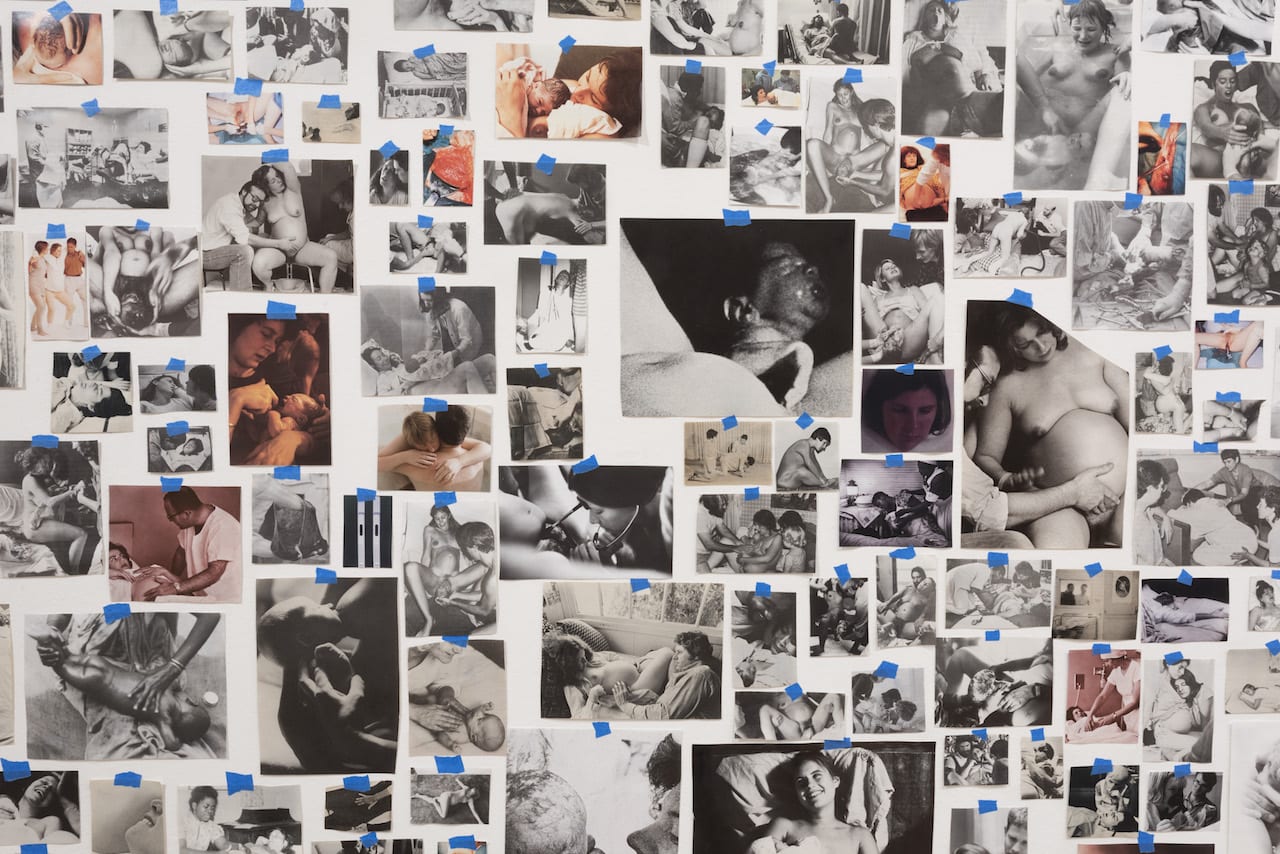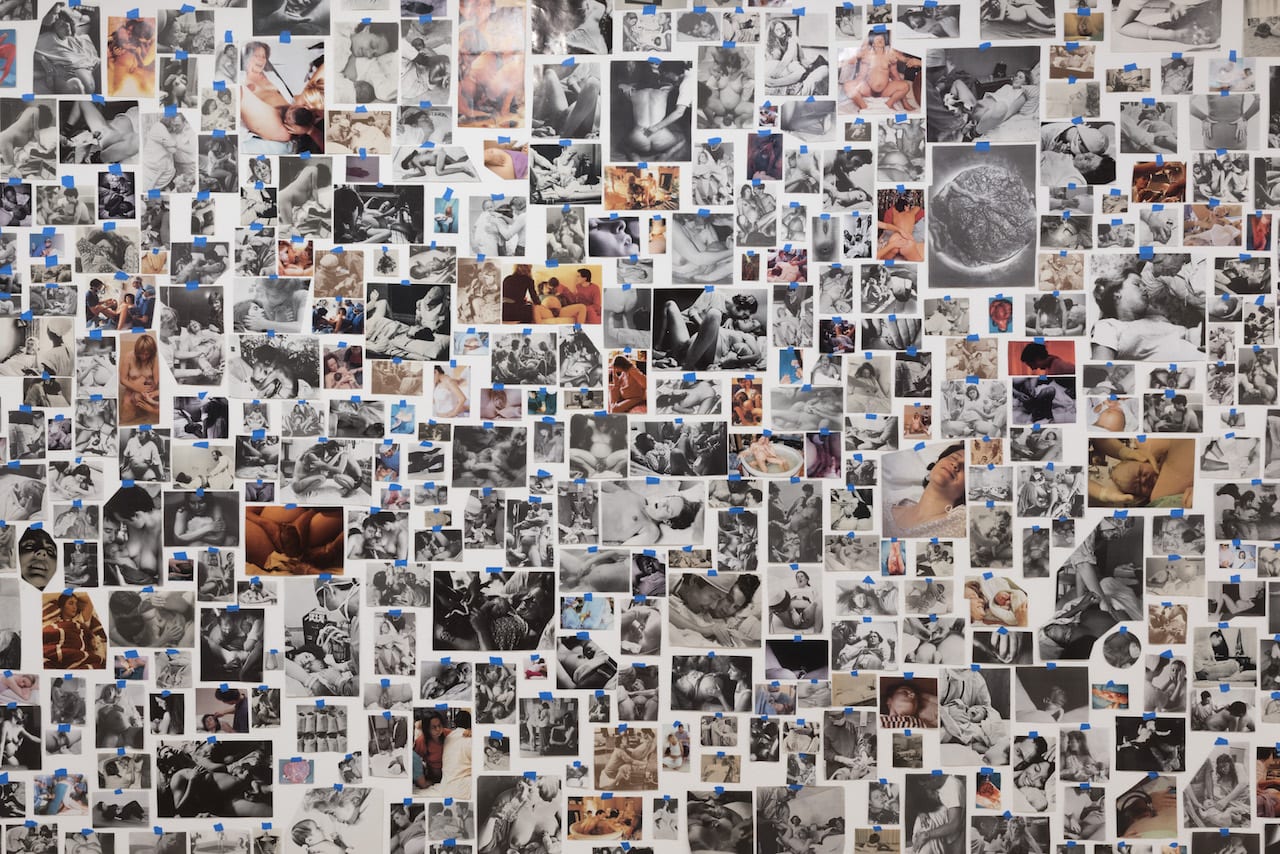When she was a teenager, Ohio-based artist Carmen Winant discovered a collection of photo albums filled with pictures of her mother giving birth to her three children. “It was an amazing and slightly terrifying feeling to witness myself being born [in 1983],” she recalls.
In 2016, Winant became a mother herself, and noticing a lack of visual work about the experience of giving birth, was moved to produce her own series. “Though it is so common, there is nothing normal about birth,” she says. “I wanted to create a visual, pictorial language that might contribute towards a greater, and more nuanced, understanding.”
The resulting installation at New York’s Museum of Modern Art (MoMa) and the coinciding book, My Birth, incorporate her mother’s photographs of herself giving birth and found imagery of anonymous women undergoing the same experience, as well as a written piece by Winant exploring the shared yet solitary ownership of the experience of birth. Presented chronologically, the images trace the process of labour and birth from the earliest contractions to the breastfeeding of the newborn infant.
“Seeking out images of birth is really difficult,” says Winant. “It is a private experience and many women understandably don’t want to be photographed during it. Also, it has been deemed grotesque by culture. For this latter reason, I was really eager to make birth visible, complicated, even beautiful.”
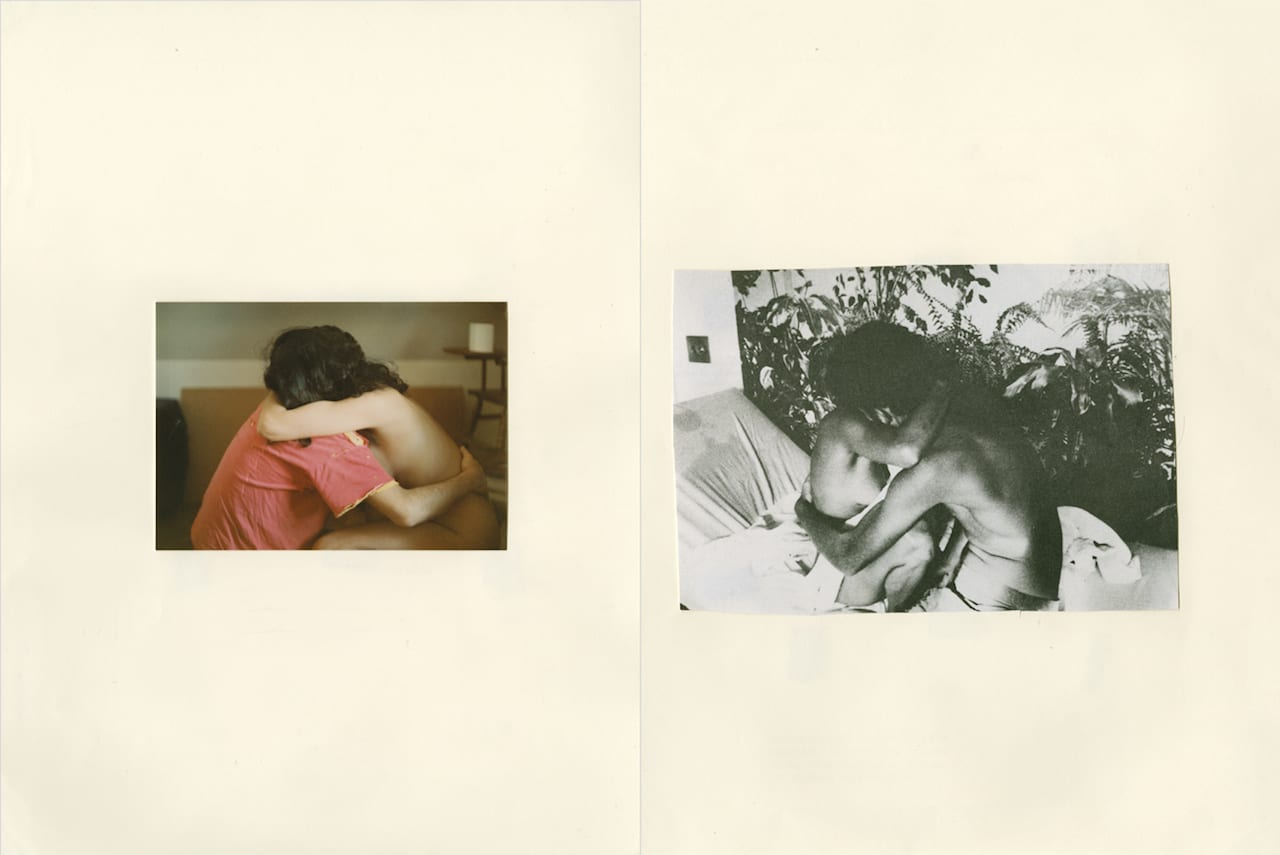
The majority of material was collected from magazines, pamphlets, found ephemera and books produced in the US in the 1970s, a time when feminism was working to provide women with information about their own bodies and reproductive health. “In that sense,” says Winant, “these photographs – as found objects – are actually themselves the makings and residue of political change.”
Navigating through an archive of over 2,500 found photographs, Winant began seeking pictures that echoed those in her parents’ collection. “It was startling how many I found,” she tells BJP. “Women bending their knee at the exact same angle, looking over the shoulder, inhaling with eyes closed, and so on. I actually mistook some of them for my own mother.”
Editing the images down was the difficult part, she says, as was finding images of non-white females and non-heterosexual couples. Even so, these weren’t the only challenges she faced.
“Birth can be tender, powerful and revelatory, but it can also be quite agonising,” says Winant. “It wasn’t easy to look at so many pictures of women experiencing such physical duress. I was pregnant with my second son while at work collecting these pictures and spending so many hours staring at the blood and anguish wasn’t uncomplicated for me.”
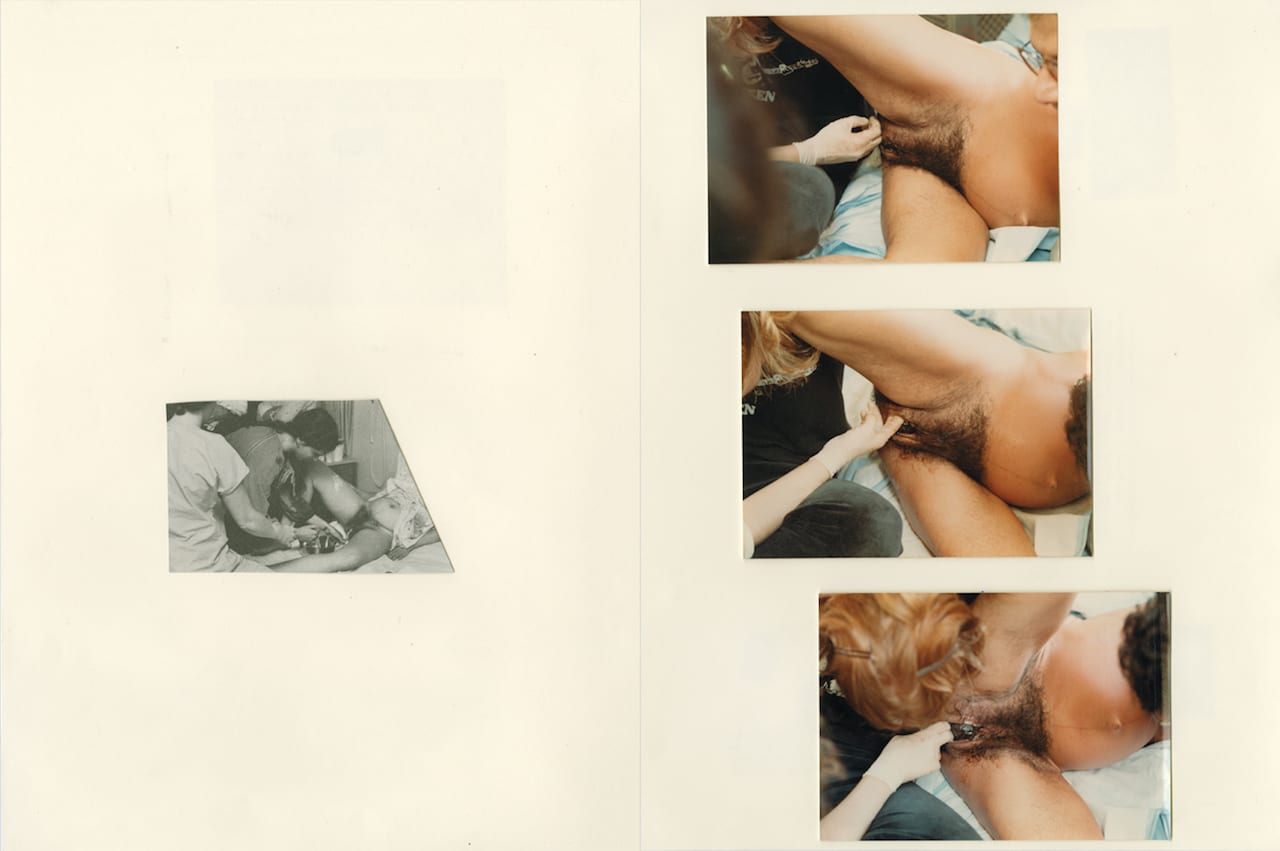
Yet Winant urges the viewer to look closely at the images, even though at times it might be difficult. “Both men and women have been cloistered from birth in different ways,” she says. “Someone mentioned that I was ‘normalising’ birth through this work, though I don’t think that is quite right. I want to treat it as a critical and fascinating project, worthy of creative and intellectual study.”
The artist notes that the people who have been the most responsive have been slightly older women – in their sixties, or above – “who gave birth, sometimes many times over and had never seen images of other women doing it, or even had the language to ever discuss the experience themselves. That has been the most moving [part of the project],” she reflects.
Asked whether she or her mother felt any hesitation in sharing the images, Winant says: “My mother has been incredibly generous. The work exists as a tribute to her and in more than one sense. To be honest, I think she does have some reservations about having her body put out there – which I understand – but offered permission as an act of real openhandedness.”
Winant’s husband Luke Stettner, who is also an artist, was a great encouragement as well. “He was the one who took many, many images of my first birth (without me really knowing or prompting) that sent me on this journey in part,” says Winant.
“In terms of the found images, I felt it was ethical to use them as each of the photographs were taken with the women’s knowledge, intended to be reproduced and disseminated. In this way, everyone was a willing participant in being pictured,” she says. “Everyone wanted to make birth known.”
My Birth is on show as part of MoMA’s Being: New Photography 2018, on show until 19 August in New York. The book ‘My Birth’, published by Self Publish, Be Happy, can be purchased here. carmenwinant.com moma.org
